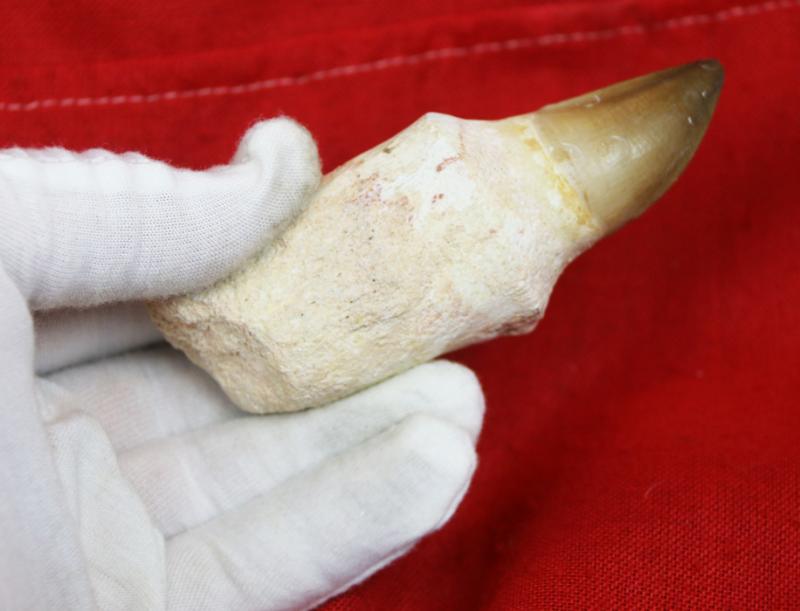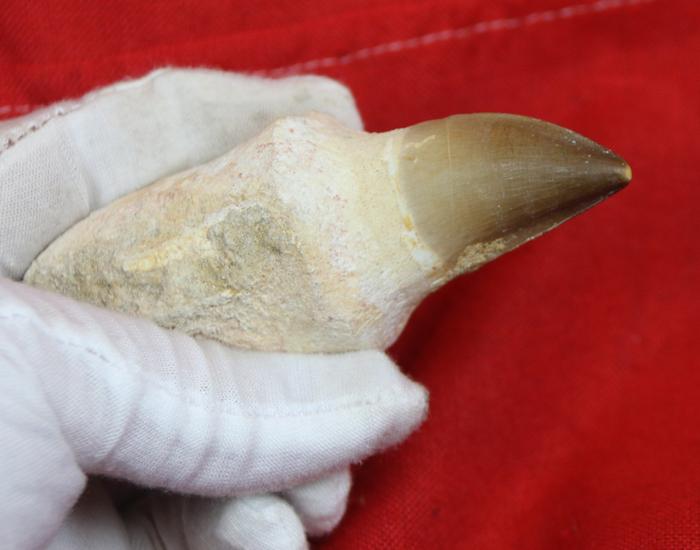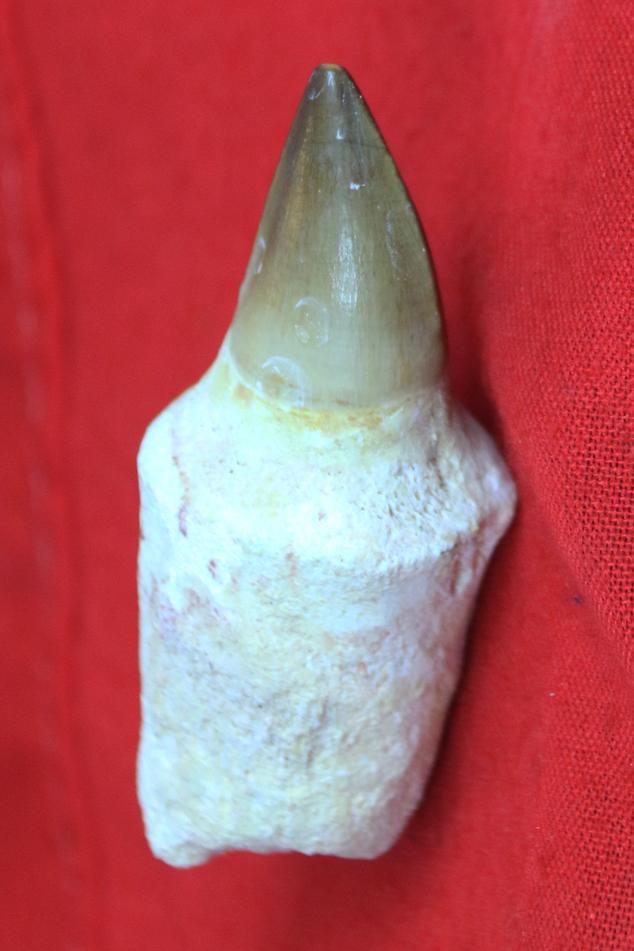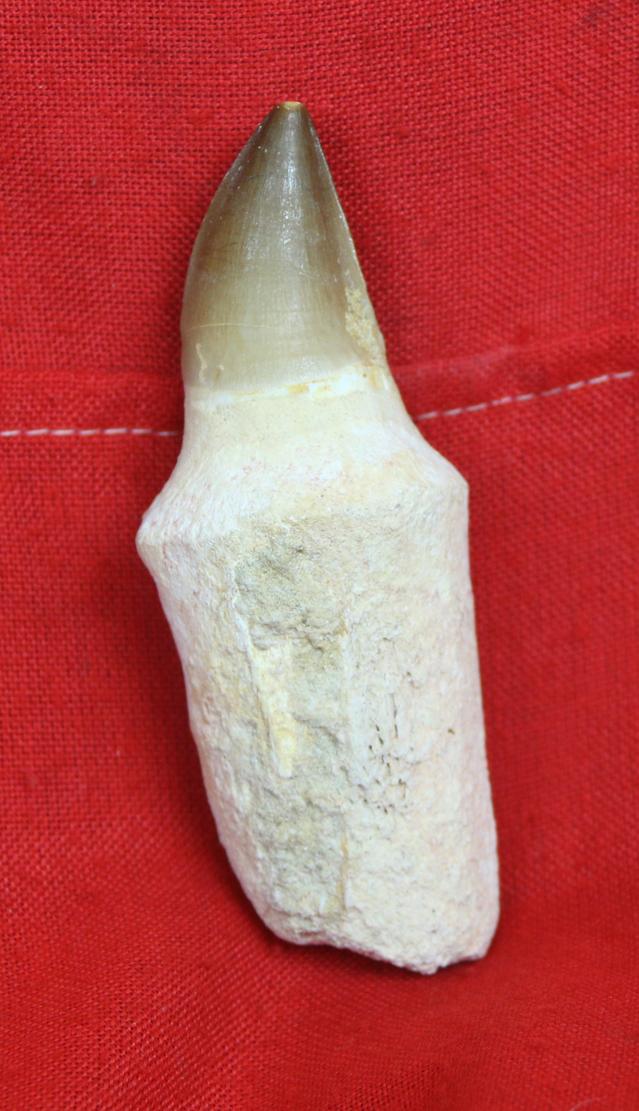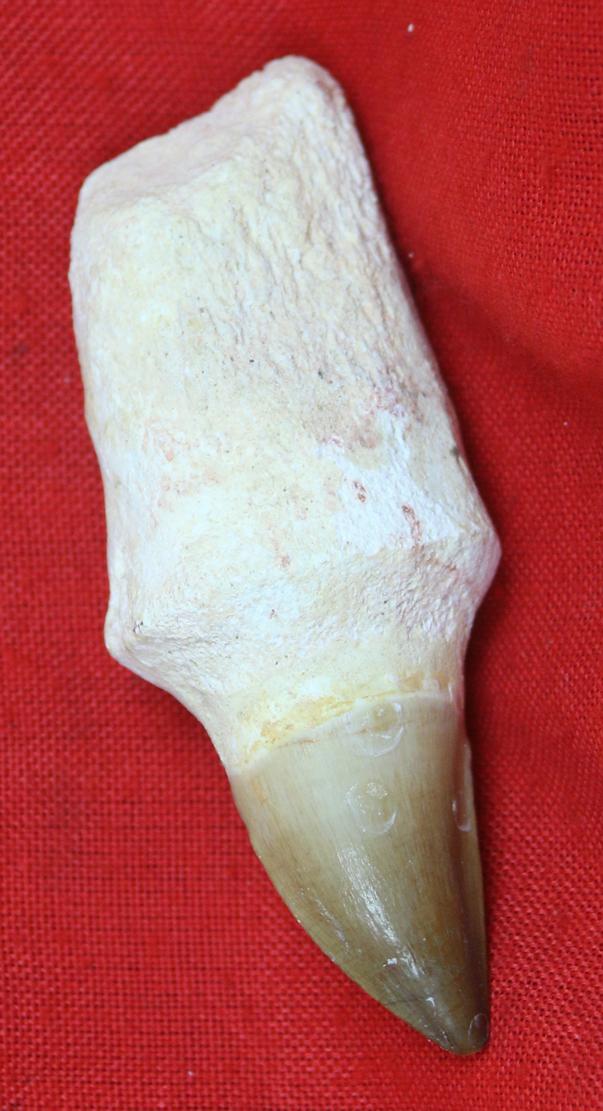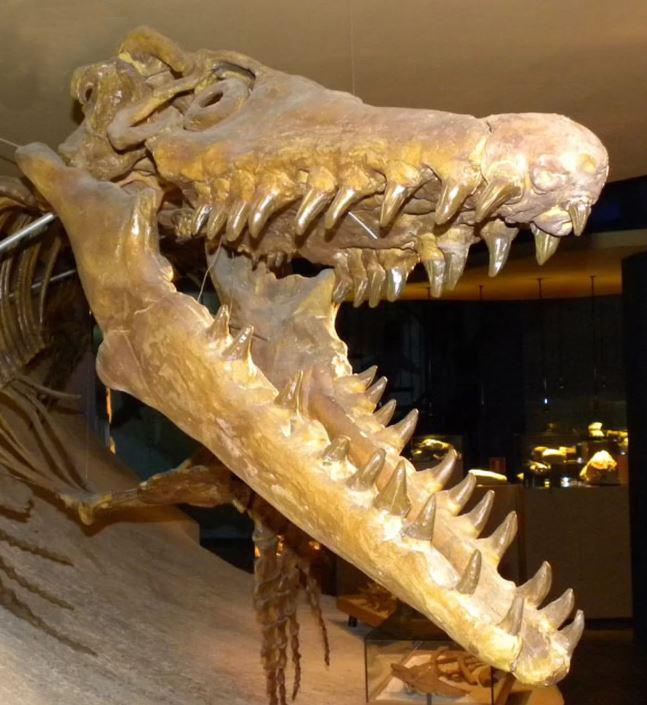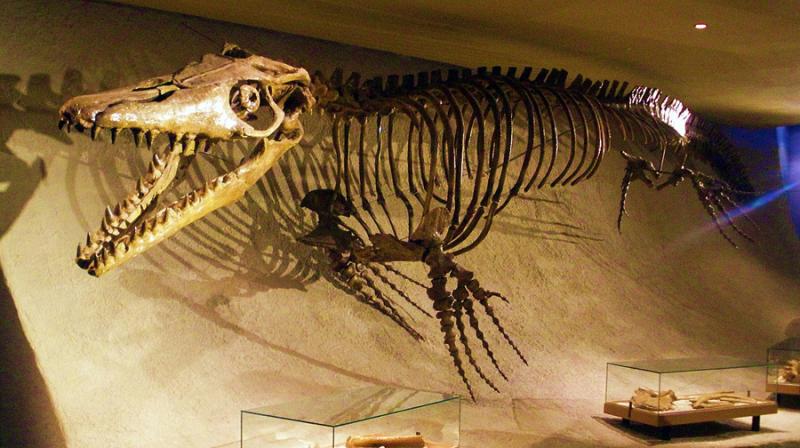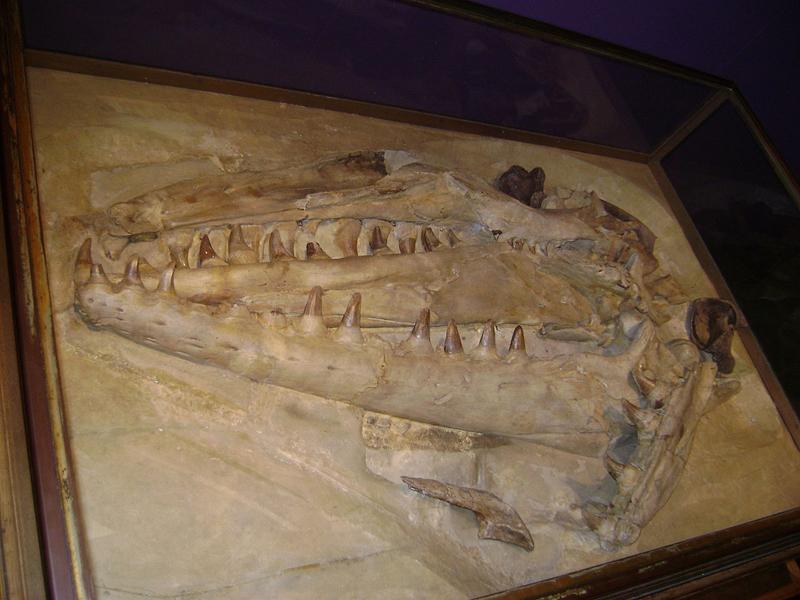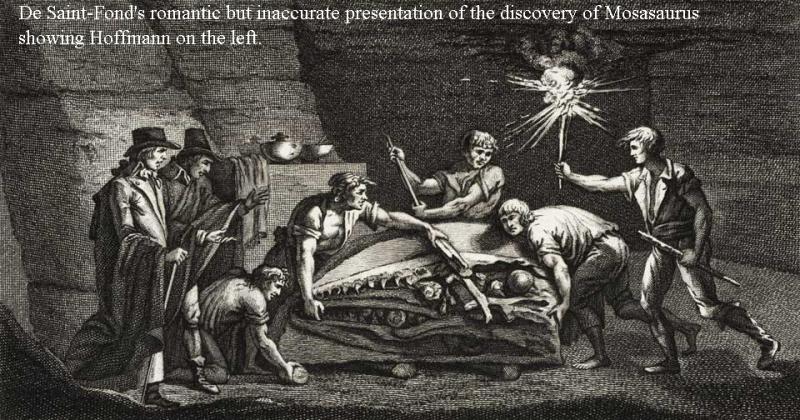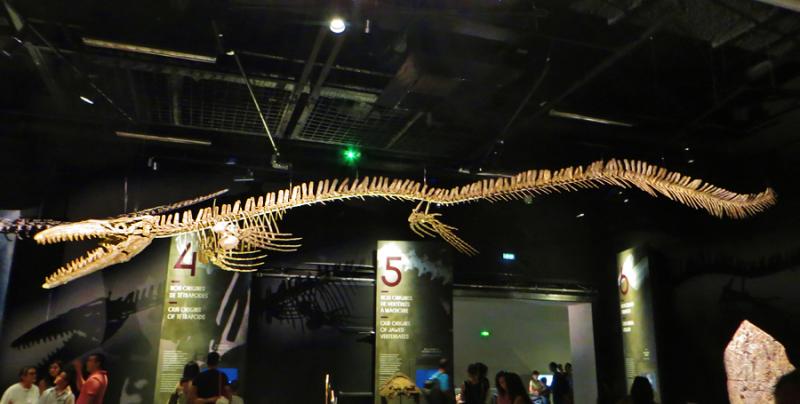A Super, Mososaurus Tooth, a 60 Foot Apex Predator, 66 Million Years Old
A beautiful large tooth in matrix, that it would make a wonderful desk paperweight, as an impressive collector's item, and an incredibly inexpensive ancient conversation piece. Part of an amazing collection of geologists fossils, some up to 400 million years old, that we were delighted to acquire and we will be offering over the coming months. Mosasaurus ( "Lizard of the Meuse River") is a genus of Mosasaurs, enormous extinct carnivorous aquatic predator lizards. It existed during the Maastrichtian age of the late Cretaceous period, between about 70 and 66 million years ago, in western Europe and North America. The name means "Meuse lizard", as the first specimen was found near the Meuse Mosasaurs are a family of enormous, extinct, marine reptiles that ruled the seas for 25 million years during the Cretaceous period. Some species including the Mosasaurus could reach lengths in excess of 50 feet and where the apex predator in nearly every part of the seas during their time. Their teeth can be preserved within the fossil record. We show surviving skeletons in museum displays, an old French engraving of a found skull being transpoted. In 1798 Faujas de Saint-Fond published his Histoire naturelle de la montagne de Saint-Pierre de Maestricht, which also contained an account of the circumstances of the find. According to him, Dr. Hoffmann paid the quarrymen to inform him of any fossil finds. When the skull was found in 1770 Hoffmann was notified by the quarrymen and he is said to have led the excavation from then on. Afterwards, Godding would have claimed his rights as landowner and forced Hoffmann to relinquish his ownership through a lawsuit, won by influencing the court. De Saint-Fond, after all, in 1795, saved the specimen for science, promising a considerable indemnity to Godding to compensate for his loss. A scientific name had not yet been given to the new species, the specimen usually being referred to as the Grand Animal fossile des Carrières de Maëstricht or "Great Fossil Animal of the Maastricht quarries". In 1822 William Daniel Conybeare named it Mosasaurus after the Latin name (Mosa) of the Maas (Meuse) River passing along Mount Saint Pete. As with all our items it will be accompanied with our unique lifetime guarantee, Certificate of Authenticity.
Code: 24133

